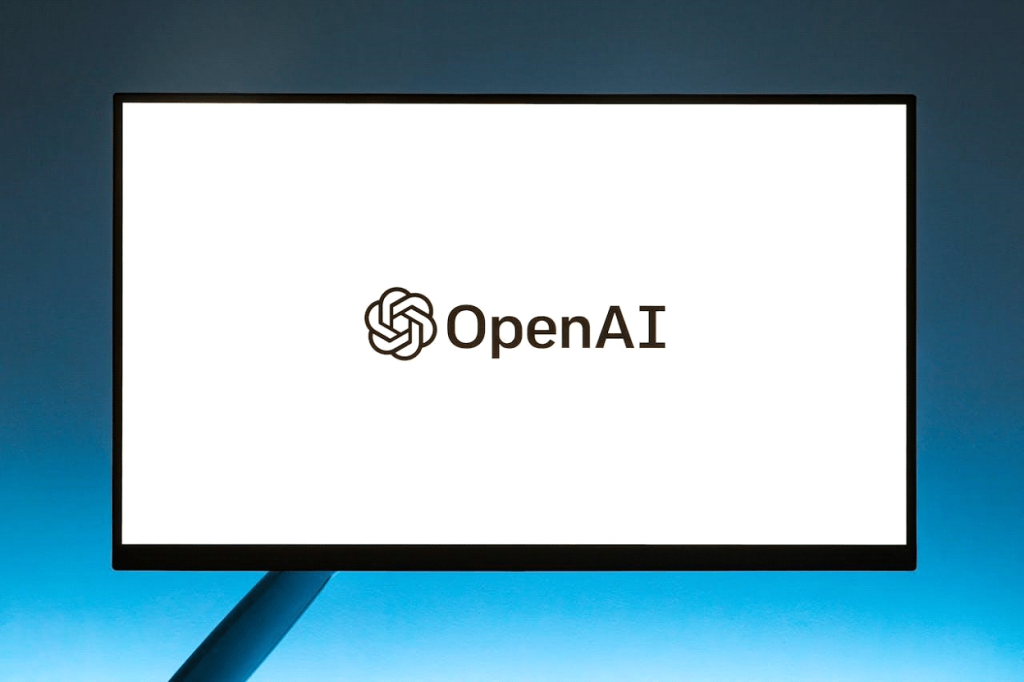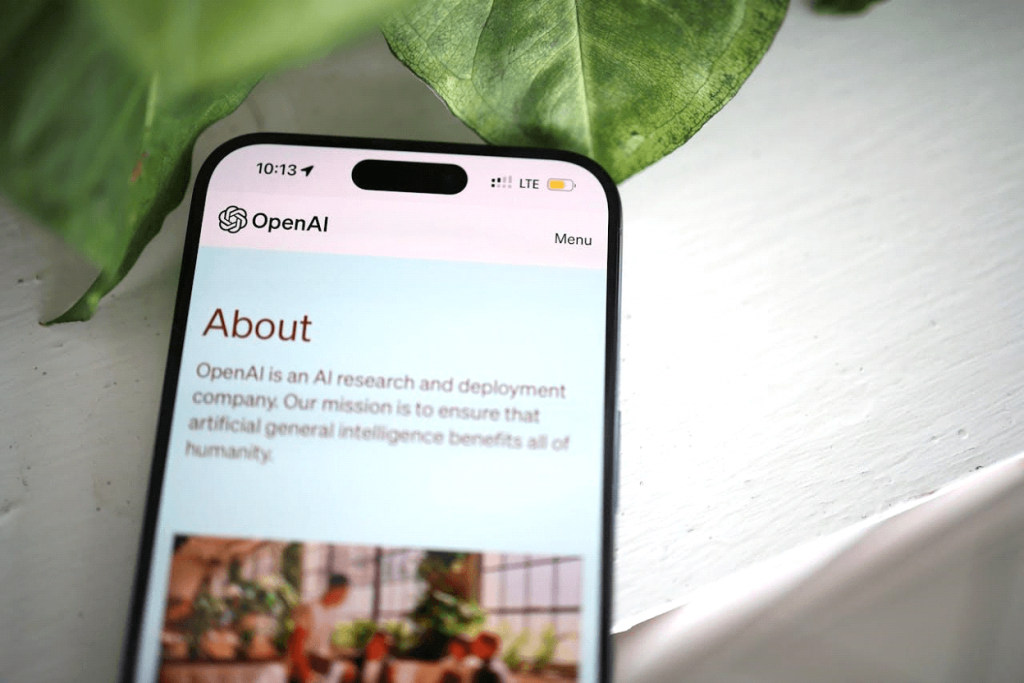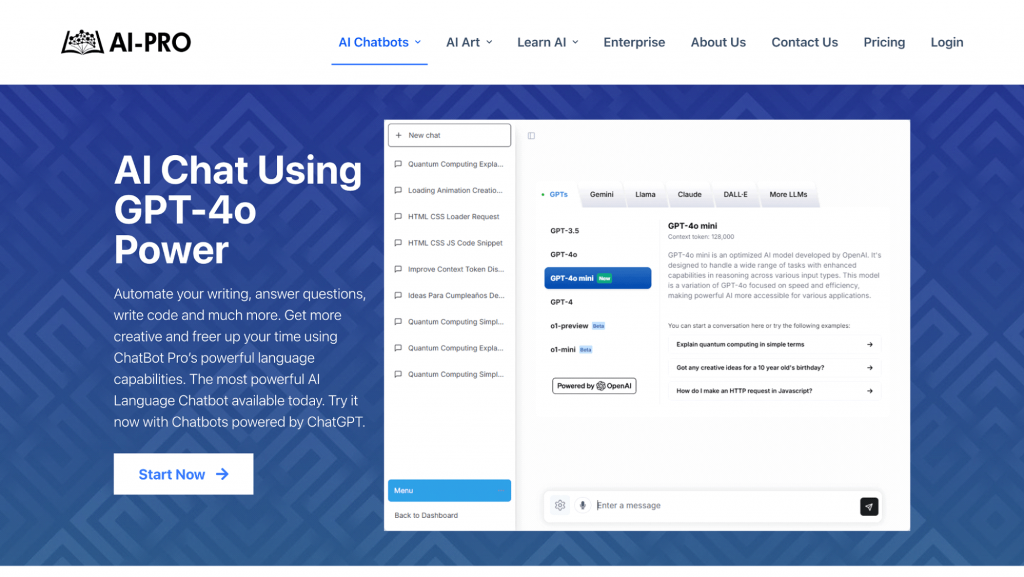Artificial intelligence is reshaping the world at an unprecedented pace, and at the helm of this revolution stands OpenAI—a name synonymous with cutting-edge innovation and ethical responsibility. Since its inception in 2015, OpenAI has redefined what’s possible with AI, from developing groundbreaking technologies to tackling the profound ethical questions that come with them. But OpenAI isn’t just about pushing the limits of machine intelligence; it’s about ensuring these advancements uplift humanity as a whole.

What makes OpenAI truly remarkable is its ability to bridge the gap between futuristic vision and real-world application. From tools that transform industries to innovations that touch everyday lives, OpenAI is not just imagining the future—it’s building it.
In this article, we’ll dive deep into the story of OpenAI: its origins, its groundbreaking work, and the profound impact it’s making on society. Get ready to discover how this trailblazing organization is redefining artificial intelligence and shaping a smarter, more connected world.
The History of OpenAI

OpenAI was founded in December 2015 by a group of prominent technology leaders, including Sam Altman and Elon Musk, with the mission to advance artificial intelligence (AI) in a way that benefits humanity as a whole. The organization was established amid growing concerns about the potential risks associated with uncontrolled AI development, particularly the existential threats posed by advanced AI systems. With an initial endowment of $1 billion from investors, OpenAI set out to conduct research and promote collaboration within the AI community, ensuring that its findings and technologies would remain accessible to the public.
In its early days, OpenAI focused on developing AI and machine learning tools for various applications, including video games. Within less than a year of its founding, it released OpenAI Gym, an open-source toolkit designed for developing reinforcement learning algorithms. This initiative marked the organization’s commitment to fostering an open research environment where innovations could be shared freely.
By 2018, OpenAI had made significant strides in AI research and introduced the concept of Generative Pre-trained Transformers (GPT), a neural network architecture designed to simulate human-like understanding and generation of text. This breakthrough laid the groundwork for subsequent models that would revolutionize natural language processing.
In March 2019, OpenAI transitioned from a non-profit organization to a capped-profit model, rebranding itself as OpenAI LP. This shift allowed the organization to attract more substantial investments while maintaining its commitment to ethical AI development. The decision was driven by the need to secure funding for ambitious projects while ensuring that profits were capped to prioritize safety and public benefit over shareholder returns.
The following years saw the launch of groundbreaking products that captured public attention. In January 2021, OpenAI introduced DALL-E, a model capable of generating images from textual descriptions, showcasing the versatility of AI applications beyond just text generation. However, it was the release of ChatGPT in November 2022 that truly catapulted OpenAI into the spotlight. As one of the most advanced chatbots available, ChatGPT demonstrated remarkable capabilities in engaging users across a wide range of topics.
OpenAI has continued to innovate and expand its offerings. In November 2023, it hosted its first developer conference, unveiling GPT-4 Turbo—a more efficient language model with enhanced capabilities—and introduced customizable GPTs for users. Additionally, partnerships with media companies like Axel Springer indicate OpenAI’s intent to explore new avenues in AI-powered journalism and content creation.
As OpenAI navigates its path forward, it remains committed to addressing ethical considerations surrounding AI deployment. The organization is actively engaging with regulatory bodies and exploring options to transition back to a traditional for-profit structure while maintaining its foundational goal: ensuring that artificial general intelligence (AGI) is developed safely and beneficially for all.
OpenAI’s 7 Most Notable Innovations

OpenAI has developed a diverse range of products and services that leverage its advanced AI technologies, making them accessible to businesses, developers, and individuals. These offerings cater to various applications, from enhancing customer service to generating creative content. This section will explore some of the flagship products and services provided by OpenAI, highlighting their functionalities and use cases.
- ChatGPT
ChatGPT is perhaps OpenAI’s most recognized product, serving as an advanced conversational agent capable of understanding and generating human-like text. Launched in November 2022, ChatGPT can engage users in dialogue across a multitude of topics, providing instant answers, creative inspiration, and educational support. Its applications are vast, ranging from customer service automation to personal tutoring, enabling organizations to enhance user engagement and streamline operations.
- GPT Models
OpenAI’s Generative Pre-trained Transformers (GPT) are the backbone of its AI capabilities. The latest iterations include:
- GPT-3: Released in June 2020, this model features 175 billion parameters, allowing for sophisticated text generation and comprehension tasks.
- GPT-4: Launched in March 2023, GPT-4 introduced multimodal capabilities, enabling it to process both text and images. This advancement allows for richer interactions and applications in fields such as education and content creation.
- GPT-4 Turbo: Announced in November 2023 during OpenAI’s first developer conference, GPT-4 Turbo offers improved performance at a lower cost, making it more accessible for developers looking to integrate advanced AI into their applications.
These models can be accessed via OpenAI’s API, allowing businesses to integrate powerful language processing capabilities into their own products and services.
- DALL-E
DALL-E is an innovative AI model that generates images from textual descriptions. First introduced in January 2021, DALL-E has evolved with the release of DALL-E 2, which produces more realistic and detailed images based on user prompts. This technology opens new avenues for creativity in fields such as graphic design, marketing, and entertainment by enabling users to visualize concepts quickly and effectively.
- Codex
OpenAI Codex is specifically designed for programming tasks. It assists developers by translating natural language commands into code snippets across various programming languages. Codex powers tools like GitHub Copilot, which enhances developer productivity by providing real-time code suggestions and automating repetitive coding tasks. This integration not only accelerates the development process but also helps bridge the gap between technical and non-technical users.
- Whisper
Whisper is OpenAI’s state-of-the-art speech recognition model capable of transcribing spoken language into text with high accuracy. Released in September 2022, Whisper supports multiple languages and accents, making it an invaluable tool for industries such as media transcription, customer service, and accessibility services. Its ability to translate speech enhances communication across diverse linguistic backgrounds.
- Azure OpenAI Service
In partnership with Microsoft, OpenAI offers the Azure OpenAI Service, which provides REST API access to its powerful models within the Azure cloud ecosystem. This service includes access to models like GPT-4 Turbo and DALL-E while ensuring enterprise-grade security and compliance features. Businesses can leverage this service to build customized AI solutions tailored to their specific needs while benefiting from Azure’s robust infrastructure.
- Custom Solutions
OpenAI also provides options for businesses to create custom versions of its models through fine-tuning processes. Organizations can adapt the models’ behavior and knowledge for specific tasks or industries, ensuring that they meet unique operational requirements. This flexibility allows companies to maximize the effectiveness of AI in their workflows.
OpenAI’s extensive range of products and services demonstrates its commitment to making advanced AI technologies accessible across various sectors. As OpenAI continues to innovate and expand its offerings, it remains at the forefront of transforming how we interact with technology in our daily lives and professional environments.
The Future of OpenAI

OpenAI’s vision for the future is ambitious and multifaceted, centered on the development of artificial general intelligence (AGI) that benefits all of humanity. As the organization continues to push the boundaries of AI technology, it remains committed to ethical principles and safety measures. This section outlines key areas of focus for OpenAI as it navigates the evolving landscape of artificial intelligence.
- Advancing AGI Research
OpenAI’s primary goal is to create AGI—highly autonomous systems that can outperform humans in a wide range of economically valuable tasks. The organization is dedicated to ensuring that AGI is developed safely and aligned with human values. This involves ongoing research into techniques for aligning AI systems with human goals, as well as actively assisting other value-aligned projects that approach AGI development before OpenAI does.
- Continuous Improvements in AI Models
OpenAI has a history of refining its models with each new iteration, and this trend is expected to continue. Future developments may include:
- GPT-5 and Beyond: The organization plans to scale its language models further, enhancing reasoning, understanding, and problem-solving capabilities. These advancements will likely incorporate multimodal inputs, allowing models to process text, images, and audio simultaneously.
- Functionality Enhancements: OpenAI is also focusing on improving function calling capabilities within its models, enabling developers to integrate external tools and APIs more efficiently into their applications.
- Safety and Ethical Considerations
Recognizing the potential global risks associated with advanced AI technologies, OpenAI is prioritizing safety measures in its research initiatives. This includes developing robust systems for monitoring AI behavior and ensuring alignment with ethical standards. The establishment of the Superalignment team reflects this commitment, as it aims to create automated alignment researchers capable of addressing the challenges posed by superintelligent systems.
- Democratizing AI Access
OpenAI seeks to make its technologies accessible to a broader audience, including individuals and organizations that may not have extensive resources. By lowering the cost of AI development and creating user-friendly tools, OpenAI aims to empower users from various backgrounds to leverage AI capabilities effectively. This democratization aligns with their mission to ensure that the benefits of AI are widely distributed.
- Collaboration with Global Communities
OpenAI emphasizes the importance of collaboration in addressing the challenges posed by AGI. The organization actively engages with researchers, policymakers, and the public to foster a global community focused on safe and responsible AI development. By sharing knowledge and resources, OpenAI aims to create a collective approach to managing the implications of advanced AI technologies.
- Exploring New Applications
OpenAI is continuously exploring innovative applications for its technologies across various sectors, including healthcare, education, climate change, and economic development. By identifying real-world problems that can be addressed through AI solutions, OpenAI aims to contribute positively to society while expanding its impact across diverse industries.
As OpenAI looks toward the future, its commitment to advancing artificial intelligence responsibly remains steadfast. Through ongoing research in AGI, continuous improvements in AI models, a focus on safety and ethics, democratization of access, collaborative efforts with global communities, and exploration of new applications, OpenAI is poised to shape the future landscape of artificial intelligence in ways that benefit all of humanity.
Experience OpenAI Through AI-Pro’s Powerful Solutions
As we conclude our exploration of OpenAI and its transformative impact on the field of artificial intelligence, it is clear that the organization’s commitment to innovation, ethical development, and accessibility is paving the way for a future where AI enhances our daily lives and professional endeavors. From the groundbreaking capabilities of ChatGPT to the creative potential of DALL-E, OpenAI’s technologies are reshaping industries and redefining human-computer interaction.

For those looking to harness the power of AI in their own contexts, AI-Pro offers an exceptional opportunity with Chatbot Pro, powered by ChatGPT. This advanced tool allows users to leverage the sophisticated conversational capabilities of ChatGPT, providing personalized interactions and automating responses to enhance customer engagement. Whether you are a business owner aiming to streamline operations or an individual seeking assistance with everyday tasks, Chatbot Pro is designed to elevate productivity and efficiency.
With flexible subscription plans available through AI-Pro, including options tailored for both individuals and businesses, accessing cutting-edge AI technology has never been easier. Embrace the future of communication and automation—explore how Chatbot Pro can transform your interactions today. Your journey into the world of AI starts now, and AI-Pro is here to guide you every step of the way.




